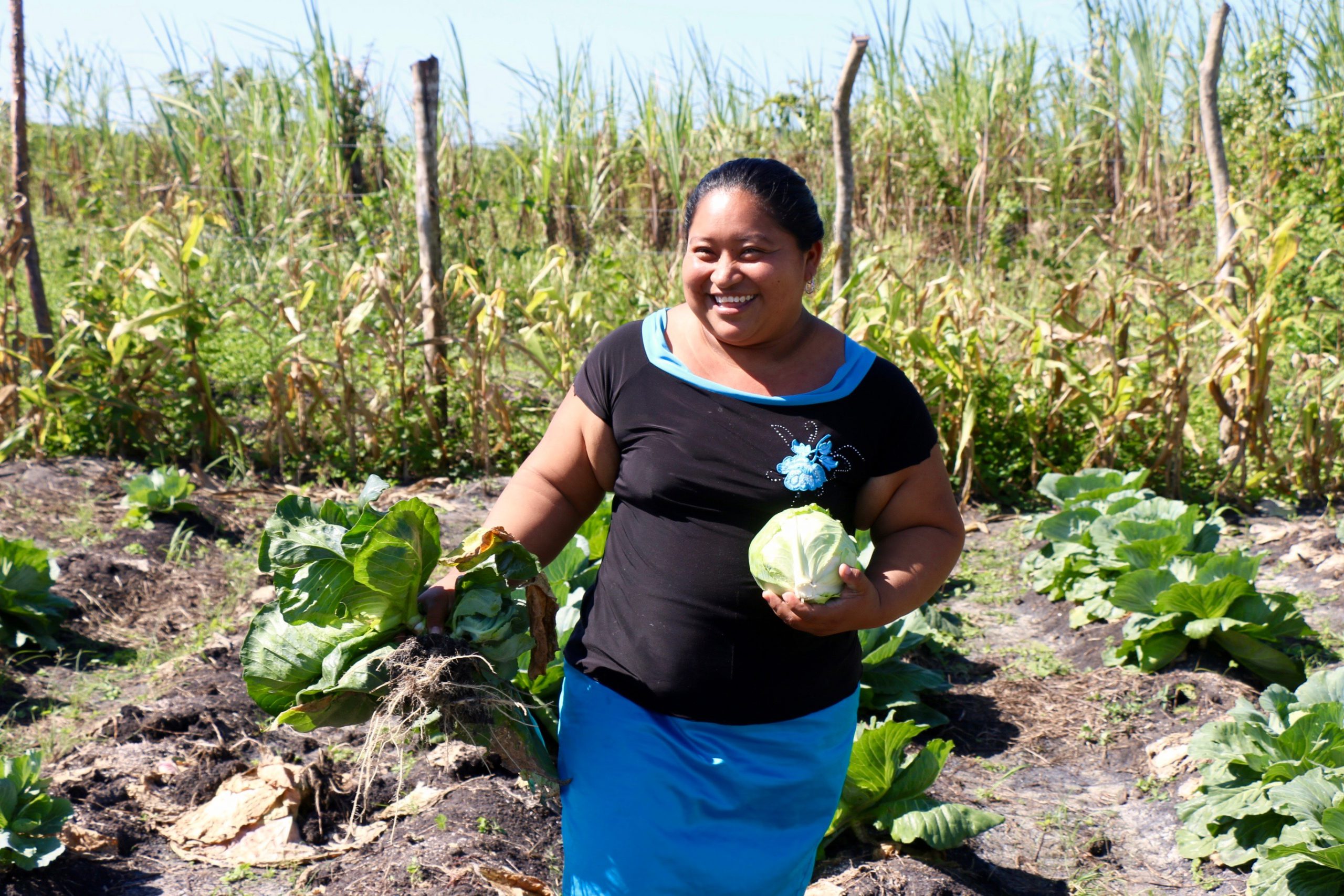Twitter as a Potential Disaster Risk Reduction Tool. Part I: Introduction, Terminology, Research and Operational Applications

Twitter, a popular communications platform, is identified as contributing to improved mortality and morbidity outcomes resulting from the 2013 Hattiesburg, Mississippi EF-4 Tornado. This study describes the methodology by which Twitter was investigated as a potential disaster risk reduction and management tool at the community level and the process by which the at-risk population was identified from the broader Twitter user population. By understanding how various factors contribute to the superspreading of messages, one can better optimize Twitter as an essential communications and risk reduction tool. This study introduces Parts II, III and IV which further define the technological and scientific knowledge base necessary for developing future competency base curriculum and content for Twitter assisted disaster management education and training at the community level.
